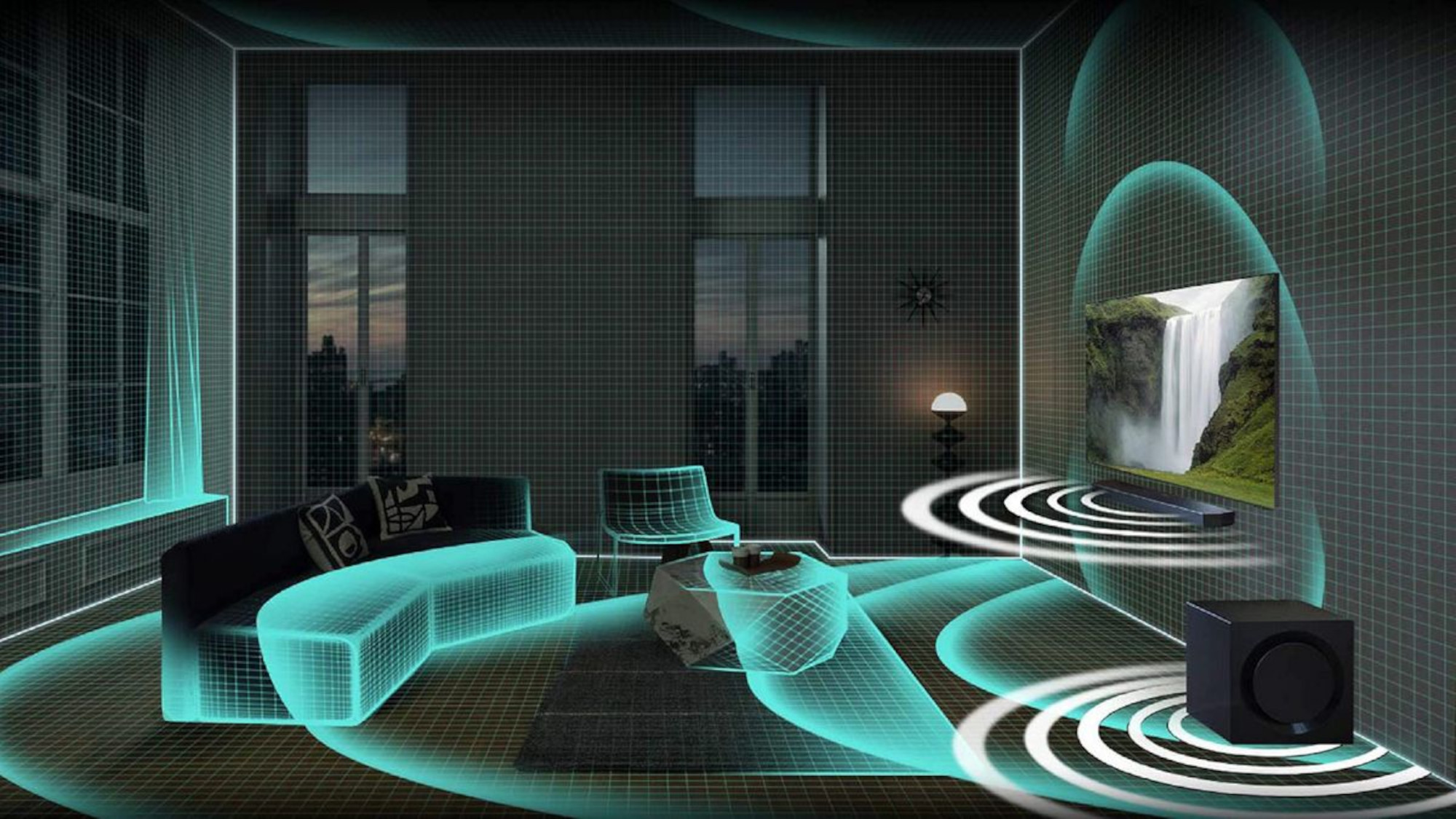
Samsung and Google's jointly designed 3D audio format is set to get even better with a few upgrades to rival its biggest competitor, Dolby Atmos.
Announced by Forbes, Eclipsa Audio 2.0 is getting increased multi-channel support and improved object-based tracking. It currently supports up to 28 channels, but the upgrade will raise the bar even further.
Eclipsa Audio is also embarking on a new certification process, which was initiated in October. It aims to make device compatibility simpler, more consistent, and streamlined, which should bring Eclipsa Audio to a wider range of TVs, smartphones, and even services.
Samsung told Forbes an official launch of Eclipsa Audio 2.0 is in the "near term," but Tom's Guide has reached out directly for further clarification.
Eclipsa Audio 2.0 adds true "object based" sound

Much like Dolby Atmos, Eclipsa Audio is a 3D and 360-degree sound format that enhances audio to make it feel more robust and all-encompassing. One of the ways it does this is with object-based sound, which the new 2.0 upgrade is set to provide.
True object-based sound will allow sound designers and engineers broader control over sound stages in various content. Essentially, sound designers aren't shackled to fixed channels when placing individual sounds or sound effects throughout a particular track, allowing them to move these sounds more freely in a three-dimensional space.
Eclipsa Audio 2.0 is also increasing the upper limit of channels it supports, which currently tops out at just 28, so users will be able to hear and feel sounds more broadly. Given that most home theater speaker systems top out at 34 channels, Eclipsa Audio 2.0 can't go too much higher in support, but it will be a hi-fi guru's dream come true.
Get instant access to breaking news, the hottest reviews, great deals and helpful tips.
Unfortunately, not many devices or even services support Eclipsa Audio yet. The functionality is still relegated to Samsung TVs, Harman audio products, and YouTube, which makes sense on a practical level, as it's thus far marketed to content creators.
Samsung told Forbes that the brands looking to support Eclipsa Audio are "growing," but mum's the word on when it might be supported by some of the best streaming services or even other TVs. However, that might all change following its improved certification process.
Complying with loudness standards
One of its biggest hurdles is certification and testing to ensure Eclipsa Audio follows the loudness set by the ITU-R BS.1770-4 standards. It's a mouthful, but it essentially outlines compliance guidelines Eclipsa must follow regarding consistent audio loudness across apps and services.
Led by HDR10+ LLC in collaboration with the Telecommunications Technology Association (TTA), a new certification program aims to streamline device compatibility for Eclipsa Audio. It launched in October, with the TTA heading up testing, so a broader range of devices might receive Eclipsa Audio support in 2026.
Given Google's backing, it's expected to launch on select Android OS devices, though it's unclear when they might receive it or which devices might get the Eclipsa Audio treatment. Currently, Samsung TVs are one of the few displays that meet the program's requirements. Hopefully, it can be added to more TVs with Google TV support, but time will only tell.

Follow Tom's Guide on Google News and add us as a preferred source to get our up-to-date news, analysis, and reviews in your feeds.
More from Tom's Guide
- This new gadget sends Dolby Atmos audio through your home outlets
- LG kicks off CES 2025 weirdness with a lamp that doubles as a projector
- 2025 could be the year of cheap OLED TVs — here's why

Ryan Epps is a Staff Writer under the TV/AV section at Tom's Guide focusing on TVs and projectors. When not researching PHOLEDs and writing about the next major innovation in the projector space, he's consuming random anime from the 90's, playing Dark Souls 3 again, or reading yet another Haruki Murakami novel.
You must confirm your public display name before commenting
Please logout and then login again, you will then be prompted to enter your display name.
